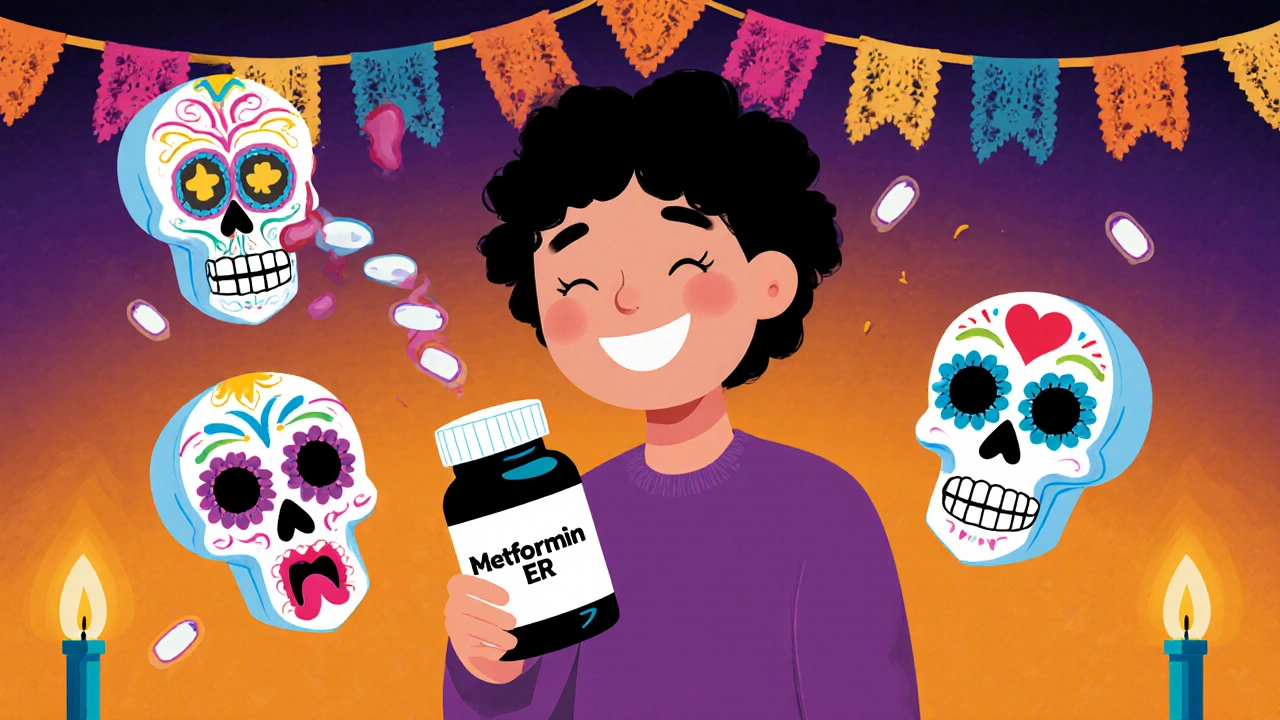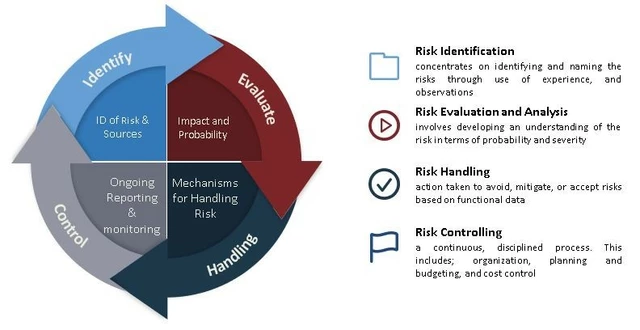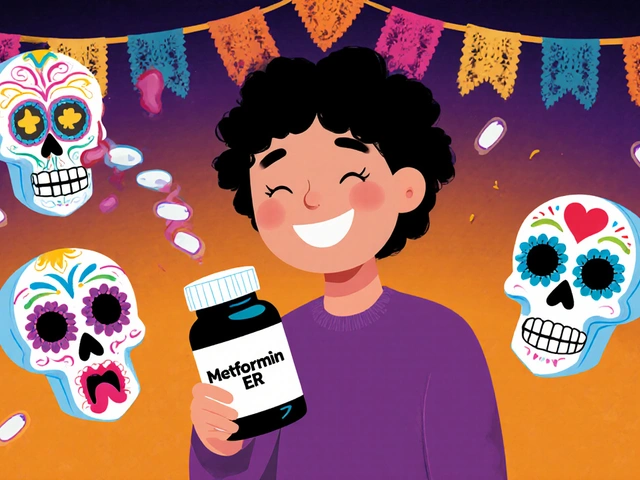Diabetes Medication Side Effect Checker
Your Health Profile
Recommended Medications
Important Warnings
When you’re first diagnosed with type 2 diabetes, the focus is often on lowering your blood sugar. But after a few weeks on medication, you might start noticing something else: stomach upset, weird infections, or feeling dizzy when you stand up. These aren’t just annoyances-they can make you stop taking your medicine altogether. That’s why choosing diabetes medications based on side effect profiles isn’t just a doctor’s checklist item-it’s the difference between managing your diabetes and being controlled by it.
Why Side Effects Matter More Than You Think
Most diabetes drugs lower blood sugar. But not all of them do it the same way. And that’s where the trouble starts. One pill might make you lose weight. Another might cause you to gain five pounds. One keeps your blood sugar steady. Another sends it crashing so low you end up in the ER. And if you’re over 65, have kidney trouble, or already have heart disease, some of these side effects aren’t just inconvenient-they’re dangerous. The American Diabetes Association says over 94% of people with type 2 diabetes experience at least one side effect from their meds. And it’s not about being sensitive-it’s about matching the drug to your body. If you’re taking a pill that makes you nauseous every morning and you skip doses because of it, your A1C isn’t going down. Your doctor needs to know what you’re feeling, not just what your lab results show.Metformin: The Starter Pill With a Twist
Metformin is still the go-to first choice for most people. It’s cheap, doesn’t cause weight gain, and rarely causes low blood sugar. But here’s the catch: about 30% of people get stomach problems-diarrhea, bloating, nausea-when they start it. It’s not rare. It’s expected. The fix? Start low. Take 500 mg once a day with your evening meal. Wait a week. Then bump it up to 500 mg twice a day. Most people can work up to 2,000 mg a day without major issues. If you still can’t tolerate it, switch to the extended-release version. Studies show it cuts GI side effects in half. In one survey, 82% of people who switched to extended-release metformin said they could finally stick with it. Don’t panic if you hear about lactic acidosis. It’s real, but it’s extremely rare-only 3 to 10 cases per 100,000 people per year. And it almost never happens unless your kidneys are severely damaged (eGFR below 30). If your kidney function is normal, metformin is safe. Just get your eGFR checked yearly.Sulfonylureas: The Hypoglycemia Trap
These older drugs-like glimepiride and glibenclamide-are cheap and effective. But they’re also risky. They force your pancreas to pump out insulin no matter what. If you skip a meal, exercise more than usual, or drink alcohol, your blood sugar can plummet. Glibenclamide causes low blood sugar in 77% of users. Glimepiride? 44%. That’s a huge difference. And it’s not just about feeling shaky or sweaty. Low blood sugar can lead to falls, confusion, car accidents, even seizures in older adults. The ADA recommends avoiding sulfonylureas in people over 70 or those with unpredictable schedules. They also cause weight gain. Glimepiride adds about 26% more weight on average compared to metformin. Glibenclamide? Around 9%. That’s still more than you want if you’re trying to lose weight. If you’re on one of these, talk to your doctor about switching to something safer-especially if you’ve had a low blood sugar episode in the past year.Thiazolidinediones: The Hidden Risks
Pioglitazone and rosiglitazone used to be popular for improving insulin sensitivity. But their side effects are serious enough that they’re rarely used anymore. Rosiglitazone was pulled from the European market in 2010 because it raised heart attack risk by 30-40%. Pioglitazone is still available, but it’s not without danger. After 24 months of daily use above 80 mg, there’s a 27% higher risk of bladder cancer. That’s not a small number. If you’ve ever had bladder cancer, blood in your urine, or a family history of it-avoid this drug. They also cause fluid retention. That means swelling in your legs and a higher chance of heart failure. If you already have heart problems, this class is off-limits. And they increase bone fracture risk by 50% compared to metformin. That’s a big deal for postmenopausal women or anyone with osteoporosis.
SGLT-2 Inhibitors: The New Kids on the Block
Drugs like empagliflozin and dapagliflozin are changing the game. They work by making your kidneys flush out extra sugar through urine. That’s why they help with weight loss and lower blood pressure. But they come with a trade-off. Genital yeast infections happen in 8-11% of users-especially women. It’s not dangerous, but it’s annoying. Urinary tract infections are also more common. The fix? Drink more water. Wipe front to back. Don’t hold in urine. The Cleveland Clinic found that teaching patients simple hygiene habits cut infection-related discontinuations by 35%. Some people feel lightheaded when they stand up. That’s because these drugs can lower blood volume slightly. If you’re on a diuretic or have low blood pressure, this can be a problem. Check your blood pressure before starting. The big win? These drugs cut heart failure hospitalizations by 30% and protect your kidneys. If you have heart disease, kidney disease, or both, SGLT-2 inhibitors are now recommended as first-line therapy-even before metformin.GLP-1 Receptor Agonists: Nausea vs. Weight Loss
Liraglutide, semaglutide, tirzepatide-these injectables are powerful. They slow digestion, reduce appetite, and help you lose weight. In trials, people lost 10-15 pounds on average. Some lost over 20. But the side effects? Nausea hits 35-45% of users at first. Vomiting? 15-25%. Diarrhea? 10-20%. That’s why doctors tell you to start low and go slow. Take the lowest dose for 4 weeks. Then increase. Do it right, and nausea drops from 45% to under 20%. Most people get used to it. In one survey, 74% of people who stuck with it past 8 weeks said the weight loss made it worth it. The real kicker? Tirzepatide (Mounjaro), a newer dual-action drug, showed 15.7% weight loss at the highest dose-with nausea rates lower than semaglutide. They also lower heart attack and stroke risk. If you have heart disease or obesity (BMI over 30), this class is now recommended as first-line treatment. The catch? They’re expensive. And you have to inject them. But for many, the benefits far outweigh the hassle.DPP-4 Inhibitors: The Middle Ground
Sitagliptin, linagliptin, saxagliptin-these are oral pills that don’t cause weight gain or low blood sugar when used alone. They’re often used when metformin isn’t enough, but you want to avoid the risks of other drugs. Their side effects are mild: stuffy nose, headache, sore throat. About 12% of users get a cold-like illness. Joint pain is rare but reported-around 8% of users on Drugs.com stopped because of it. The big advantage? They’re kidney-friendly. Linagliptin doesn’t need a dose change even if your kidneys are weak. Saxagliptin does-cut the dose in half if your eGFR is below 50. That’s why the American Association of Clinical Endocrinologists recommends them for people with chronic kidney disease. The downside? They’re not as powerful as GLP-1 drugs or SGLT-2 inhibitors when it comes to heart or kidney protection. They’re a safe backup, not a first-choice superstar.
Putting It All Together: Your Personalized Plan
There’s no one-size-fits-all here. Your ideal drug depends on:- Do you have heart disease? → SGLT-2 inhibitor or GLP-1 agonist
- Do you have kidney disease? → Linagliptin or SGLT-2 inhibitor
- Are you trying to lose weight? → GLP-1 agonist or SGLT-2 inhibitor
- Do you get low blood sugar easily? → Avoid sulfonylureas and meglitinides
- Are you over 70? → Avoid sulfonylureas; metformin or DPP-4 inhibitors are safer
- Do you hate injections? → Stick with pills: metformin, DPP-4, or SGLT-2
- Are you on a tight budget? → Metformin is still the most affordable
What to Do If You’re Struggling With Side Effects
If you’re having trouble:- Write down exactly what you’re feeling-and when. Nausea after meals? Dizziness after standing? That helps your doctor pinpoint the cause.
- Don’t stop cold turkey. Some side effects fade in 2-4 weeks. Give it time.
- Ask about dose adjustments. Lowering your dose or switching to extended-release can make a huge difference.
- Ask about alternatives. If metformin gives you diarrhea, try the ER version. If you’re getting yeast infections on an SGLT-2 inhibitor, ask about switching to a GLP-1 agonist.
- Use patient communities. Reddit’s r/diabetes and ADA forums have real stories from people who’ve been there. You’re not alone.
The Future Is Personalized
The diabetes drug market is shifting fast. In 2018, GLP-1 agonists made up less than 9% of new prescriptions. By 2022, that jumped to 24%. Why? Because people and doctors are finally prioritizing safety over just lowering numbers. New drugs are coming-like smart insulins that only activate when blood sugar is high, and probiotics designed to reduce metformin’s stomach issues. By 2028, over half of all diabetes prescriptions will be for drugs that help with weight loss and avoid low blood sugar. The message is clear: Your treatment plan shouldn’t be a guess. It should be built around your body, your life, and your goals. Side effects aren’t just side notes-they’re the main event.What’s the safest diabetes medication for older adults?
For older adults, metformin (extended-release) and DPP-4 inhibitors like linagliptin are the safest choices. They don’t cause low blood sugar or weight gain, and linagliptin doesn’t need kidney dose adjustments. Avoid sulfonylureas like glimepiride or glibenclamide-they raise hypoglycemia risk by 2.5 to 3.8 times compared to other classes, which can lead to falls, confusion, or even hospital visits.
Can I switch diabetes meds if side effects are bad?
Yes, absolutely. Many people stop taking their meds because of side effects, but that doesn’t mean you have to live with them. Talk to your doctor about alternatives. If metformin gives you diarrhea, try the extended-release version. If you’re getting yeast infections on an SGLT-2 inhibitor, switch to a GLP-1 agonist. Most side effects are manageable or avoidable with the right drug choice.
Why do some diabetes drugs cause weight gain and others cause weight loss?
It depends on how the drug works. Sulfonylureas and insulin force your body to store more glucose as fat, which leads to weight gain. SGLT-2 inhibitors make your kidneys dump sugar in urine, burning extra calories. GLP-1 agonists slow digestion and reduce appetite, helping you eat less. Metformin has a neutral effect-no weight gain, no weight loss. Your drug choice directly impacts your weight, so pick based on your goals.
Are generic diabetes drugs as safe as brand names?
Yes. Generic metformin, glimepiride, sitagliptin, and empagliflozin are chemically identical to their brand-name versions. The FDA requires them to meet the same safety and effectiveness standards. The only difference is cost. Generic metformin costs under $5 a month. Brand-name GLP-1 agonists can cost over $1,000. Stick with generics unless your doctor has a specific reason not to.
How do I know if my side effect is serious enough to call my doctor?
Call your doctor if you have: persistent nausea or vomiting lasting more than a few days, signs of infection (fever, pain during urination, unusual discharge), sudden swelling in legs or ankles, dizziness or fainting when standing, or symptoms of low blood sugar (shaking, sweating, confusion) more than once a week. These aren’t normal. They’re signals your current treatment isn’t right for you.











